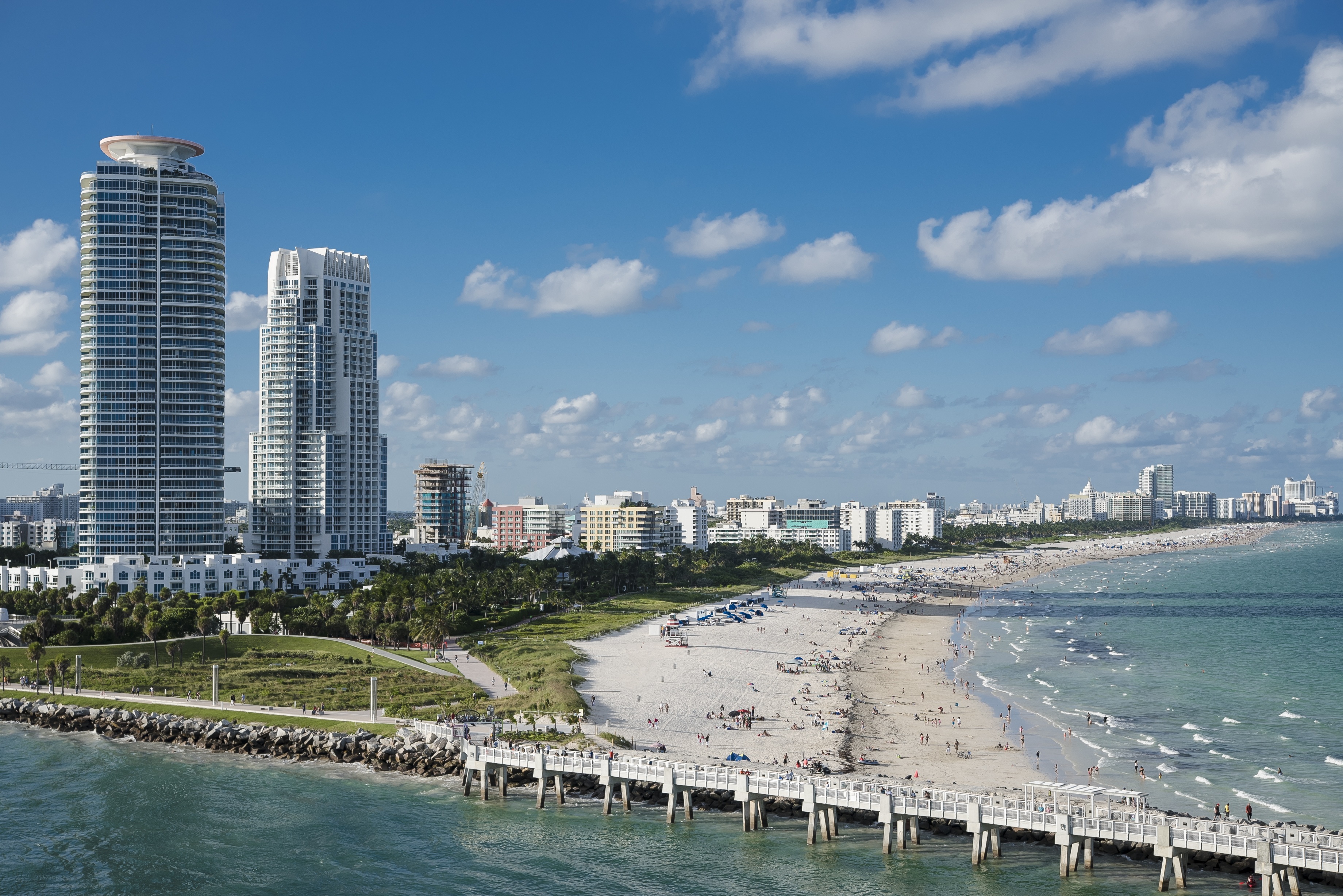
Reducing Risk in Coastal Communities
By: Taylor Berry, Development and Office Coordinator
Healthy coastlines are vital to trade and tourism economies in the United States, especially in port cities. In fact, almost 40% of the United States population lives in coastal counties, a staggering 124 million people. In the past eight years, the United States has had twenty-five individual rain events that had a .2% chance of happening every 500 years, culminating in unprecedented flooding and destruction. In 2017 alone, the United States spent $265 billion on storm preparation, clean up, recovery, and restoration. Because of the clear need for strong and healthy coasts, local governments and people from the public and private sector are working with their communities to advocate for infrastructure change and manage natural coast protection. These partnerships are crucial because they include voices, experience and expertise from various fields and levels of involvement with coastal protection and management.
At Capitol Hill Ocean Week 2018, Elizabeth Wheaton, Director of Environment and Sustainability of Miami Beach, and Alan Blumberg, Co-Founder of Jupiter Intel, discussed how their respective communities are assessing risk and vulnerability as a result of storms and rising tides on, Reducing Risk in Coastal Communities panel. Despite living in different geographies, both speakers are working to solve similar flooding challenges in their communities.
Jupiter Intel is a company that quantifies risk in a changing climate and is leading scientific modeling to understand current and future rain and flood patterns. Recently, the Silicon Valley start-up announced a partnership with Brooklyn College and a team of institutions in the area to study urban flooding in New York City and develop practices to improve the City’s resilience. New York City’s location and dense urban environment make it especially vulnerable as we saw in the aftermath of Hurricane Sandy in 2012. The combination of more frequent extreme rain events, sea-level rise, and land use change overwhelms the city’s stormwater systems, degrading water quality.
The overall goal of this project is to develop unique modeling and risk assessment tools to advance the City’s ability to assess urban flooding risk to stormwater systems and the environment. The partnership hopes to use this information to inform the local community and government how to prepare for inevitable flooding in one of the largest and most complex stormwater and wastewater systems in the world.
Miami Beach took a non-traditional approach to mitigating coastal flooding, degradation and management. This fall, the city unanimously passed an ordinance that prohibits single-use plastic straws, stirrers and bags from beaches, streets, parks, sidewalk cafes, waterways and other public places. Over the course of the next three months, the city will launch the plastic-free campaign to inform local businesses about the new regulation, as well as encourage reusable alternatives. Wheaton stated that, “Plastic straws and bags are the most commonly found litter item on our urban island, taking hundreds of years to degrade. By prohibiting these disposable food service articles, the City hopes to significantly reduce the amount of litter and pollutants on land and in the water for years to come.”
Miami Beach is already fully developed, so while cities like New York can implement building codes for new development and infrastructure, Miami Beach has to be creative. The city is focusing on building back ecosystems like sand dunes, wetlands, and beaches in order to utilize these systems as a natural form of protection from high winds and rising waters. It is crucial to ensure these ecosystems have the best chance at survival against development and pollution. As Wheaton referenced in Reducing Risk, streets and infrastructure in Miami Beach are not designed for severe storms and persistent or intense flooding. Keeping plastics out of coastal areas and water infrastructure is one action that could help to a solve the large problem of overworked drainage systems.
While Miami Beach and New York City are considerably different in terms of geography, demographics and urban planning practices, they are working equally as hard to improve their methods of accurately assessing risk and implementing meaningful solutions to protect the shoreline and their citizens from destructive storms, urban flooding, and coastal degradation.
